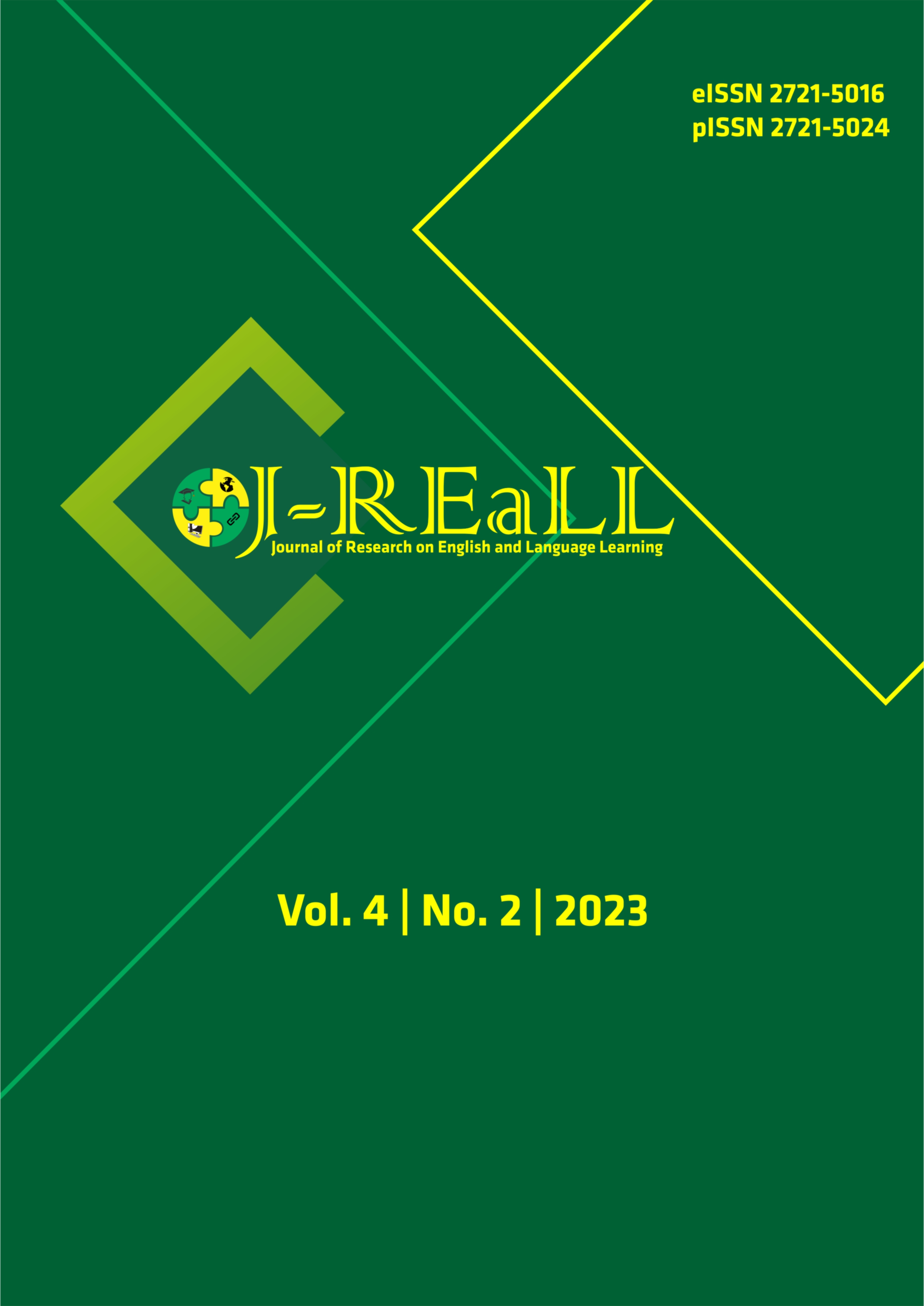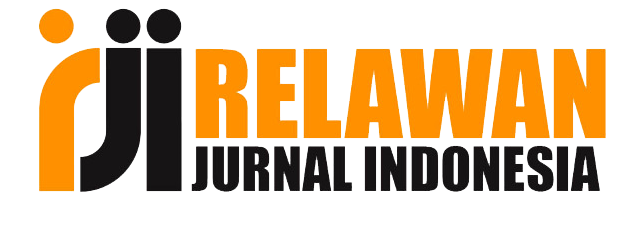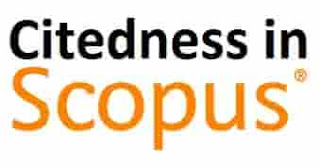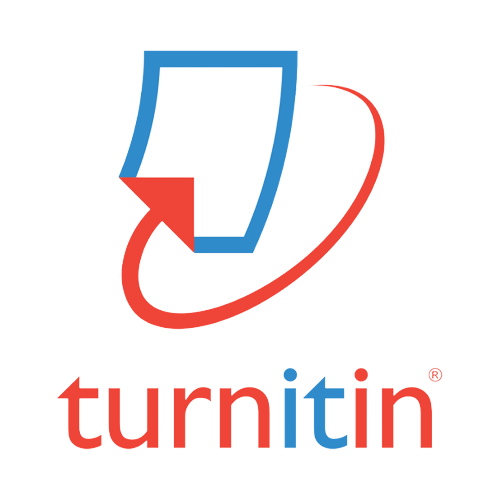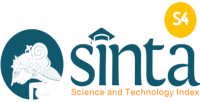The effect of Google Classroom as online media in students’ writing in the post pandemic Covid-19
DOI:
https://doi.org/10.33474/j-reall.v4i2.20264Keywords:
media, Google Classroom, writingAbstract
One of the learning tools that can be utilized as media is Google Classroom. This study aims at finding out whether there was any significant different before and after using Google Classroom as online media in students’ writing during the COVID-19 pandemic. The researchers used only one group for the participants. There were 30 students involved in this study. An experimental research design, including a pretest and posttest, was used for this study. In collecting data, the researchers used writing test. The paired sample t-test was used in SPSS version 18 in analyzing the data. The result of the computation is .000 from the pair sample test which is less than the significance level .005. This result indicated that students could motivate students to pay attention in learning. The application helped students to memorize vocabulary lists in the examples they just learned. The usage of Google Classroom tools helped students to concentrate more on the writing training they get in class. The students utilized the Google Classroom to write better on their vocabulary and affect student activity and student skills in writing. Students easily submitted text writing using a variety of different images in it. Therefore, it is suggested that teachers can utilize this media to motivate students to write in class and therefore the students can enhance learning outcomes.
References
Abrams, Z. I. (2019). Collaborative writing and text quality in Google Docs. Language Learning and Technology, 23(2), 22–42.
Adedoyin, O. B., & Soykan, E. (2023). Covid-19 pandemic and online learning: The challenges and opportunities. Interactive Learning Environments, 31(2), 863–875. https://doi.org/10.1080/10494820.2020.1813180
Ariana, R. (2016). Blened learning through Google Classroom. International Journal of Educational and Pedagogical Sciences, 14(4), 1–23.
Astuti, T., & Indriani, L. (2020). The EFL students’ perceptions in using Google Classroom for English learning during pandemic. Jurnal Review Pendidikan Dan Pengajaran, 3(2), 328–335. https://doi.org/10.31004/jrpp.v3i2.1333
Brand Fonseca, K. A., & Soto Peralta, F. (2019). Google Classroom: An effective virtual platform to teach writing in an EFL composition course. International Journal of English Language Teaching, 6(1), 27. https://doi.org/10.5430/ijelt.v6n1p27
Brown, M.E & Hocutt, D. (2015). UR scholarship repository learning to use, useful for learning: A usability study of Google Apps for education recommended citation "Learning to use, useful for learning: A usability study of Google Apps for education. Journal of Usability Studies, 10(4), 160–181. http://www.upassoc.org.
Cohen, L., Manion, & M. K. (2007). Research methods in education. In New York: Routledge (Vol. 10, Issue 1).
Coman, C., Țîru, L. G., Meseșan-Schmitz, L., Stanciu, C., & Bularca, M. C. (2020). Online teaching and learning in higher education during the coronavirus pandemic: Students’ perspective. Sustainability (Switzerland), 12(24), 1–22. https://doi.org/10.3390/su122410367
Daud, A. (2019). Teaching writing using Google Apps for education (GAFE). Indonesian Journal of Economics, Social, and Humanities, 1(1), 17–24. https://doi.org/10.31258/ijesh.1.1.2
Ebener, S. (2017). Using Google tools to enhance secondary writing instruction. Graduate Research Papers, 135. http://scholarworks.uni.edu/grp%0Ahttp://scholarworks.uni.edu/grp
Febriansyah, F., Herlina, K., Nyeneng, I. D. P., & Abdurrahman, A. (2021). Developing electronic student worksheet (E-Worksheet) based project using Fliphtml5 to stimulate science process skills during the Covid-19 pandemic. INSECTA: Integrative Science Education and Teaching Activity Journal, 2(1), 59–73. https://doi.org/10.21154/insecta.v2i1.2555
Ferri, F., Grifoni, P., & Guzzo, T. (2020). Online learning and emergency remote teaching: Opportunities and challenges in emergency situations. Societies, 10(4), 1–18. https://doi.org/10.3390/soc10040086
Giatman, M., Siswati, S., & Basri, I. Y. (2020). Online learning quality control in the pandemic Covid-19 era in Indonesia. Journal of Nonformal Education, 6(2), 168–175. https://journal.unnes.ac.id/nju/index.php/jne
Hizriani, N., Rufaidha, S., Nor, H., & Handrianto, C. (2022). Google Classroom as a media to develo p students’ critical thinking in English writing. International Journal of Education Technology and Science, 2(3), 229–243.
Keshavarz, M. (2011). Measuring course learning outcomes. Journal of Learning Design, 4(4), 1–9. https://doi.org/10.5204/jld.v4i4.84
Ketut Sudarsana, I., Bagus Made Anggara Putra, I., Nyoman Temon Astawa, I., & Wayan Lali Yogantara, I. (2019). The use of Google Classroom in the learning process. Journal of Physics: Conference Series, 1175(1). https://doi.org/10.1088/1742-6596/1175/1/012165
Metilia, T., & Fitrawati. (2018). Using Google Docs for collaborative writing in teaching writing descriptive text to English department students. Journal of English Language Teaching, 7(1), 194–200. http://ejournal.unp.ac.id/index.php/jelt
Ng, D. T. K. (2022). Online aviation learning experience during the Covid-19 pandemic in Hong Kong and Mainland China. British Journal of Educational Technology, 53(3), 443–474. https://doi.org/10.1111/bjet.13185
Oktaria, A. A., & Rahmayadevi, L. (2021). Students’ perceptions of using Google Classroom during the Covid-19 pandemicc. International Journal of Educational Management and Innovation, 2(2), 153. https://doi.org/10.12928/ijemi.v2i2.3439
Solihat, D., Fadhly, F. Z., & Wihadi, M. (2023). Variety of English learning media technology: Voices from novice learners. English Review: Journal of English Education, 11(1), 211–218. https://doi.org/10.25134/erjee.v11i1.7580
Styati, E. W. (2016). Effect of YouTube videos and pictures on EFL students’ writing performance. Dinamika Ilmu, 16(2), 307. https://doi.org/10.21093/di.v16i2.534
Styati, E. W., & Latief, M. A. (2018). Investigating dominant and passive students on pair work towards the students’ writing performance. 3L: Language, Linguistics, Literature, 24(3), 142–154. https://doi.org/10.17576/3L-2018-2403-11
Syafi’i, A & Yunus, A. A. (2020). Google Classroom as learning platform in teaching writing. British (Jurnal Bahasa Dan Sastra Inggris), 9(1), 48. https://doi.org/10.31314/british.9.1.48-64.2020
Taebenu, S. F., & Katemba, C. V. (2021). Vocabulary enhancement through Memrise and Google Classroom. Language Literacy: Journal of Linguistics, Literature, and Language Teaching, 5(1), 228–241. https://doi.org/10.30743/ll.v5i1.3813
Vendityaningtyas, V., Styati, E. W., & Natalia, K. (2020). Teaching writing by using Evernote application. Journal of Physics: Conference Series, 1464(1). https://doi.org/10.1088/1742-6596/1464/1/012017
Downloads
Published
How to Cite
Issue
Section
License
Copyright (c) 2023 Arri Kurniawan, Erlik Widiyani Styati

This work is licensed under a Creative Commons Attribution 4.0 International License.
Authors who publish this journal agree to the following terms:
- Authors retain copyright and grant the journal right of first publication with the work simultaneously licensed under a Creative Commons Attribution License that allows others to share the work with an acknowledgement of the work's authorship and initial publication in this journal.
- Authors can separately make additional contractual arrangements for non-exclusive distribution published by the journal (e.g., publish it in a book), with an acknowledgement of its initial publication in this journal.
- Authors are allowed and encouraged to send their work via online (e.g., in the institutional repositories or their website) after published by the journal.

